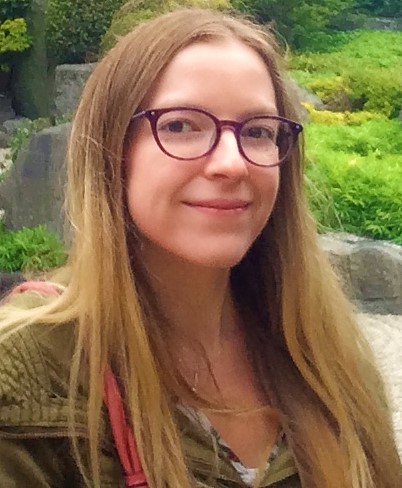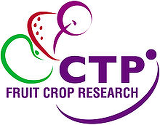october 2021 – september 2025
Emily Johnstone

The demand for strawberries has grown substantially over recent years (DEFRA, 2020). To continue to meet this demand, high-yielding strawberry plants are needed to increase productivity per unit area. Previous research at the University of Reading has developed the optimal conditions needed during propagation to produce high-yield potential strawberry plants by increasing the number of flower primordia per plant (Twitchen, 2018). However, the yield potential of these plants was limited as a large proportion of the berries were below marketable size when the number of flower primordia were significantly increased. The primary aim of this research will be to investigate how to overcome source limitation during fruit development of these high-yield potential plants, to increase the proportion of berries which achieve marketable size.
The first experiments will compare plants propagated to produce high flower number plants against control plants. Experiment 1 will be conducted in poly-tunnels and will examine different levels of nitrogen in the spring feeding regime. Experiment 2 will examine different levels of CO2 enrichment under controlled environment conditions. Further experiments will explore using different spectral filters to alter the light environment within the polytunnel and manipulating the plants during fruiting to alter the fruit to leaf ratio.
Research progress
Emily Johnstone AHDB Annual Report 2022
